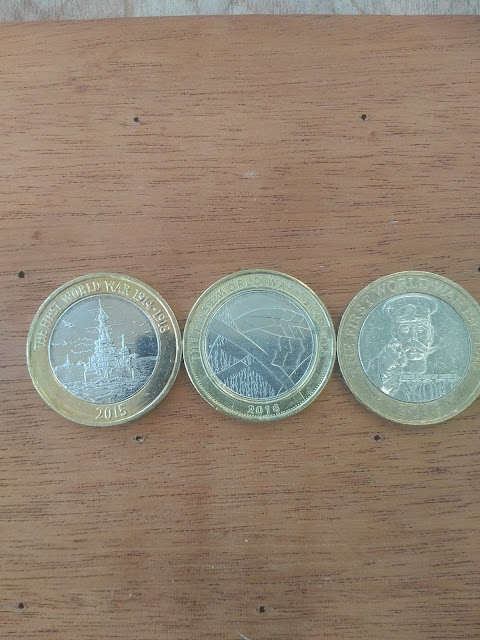December Austria, Austrian Italy and Austrian Netherlands
 |
| 1769 Jetton of Charles Alexander of Lorraine, governor or Austrian Netherlands |
 |
| coins of Austria, Austrian Italy, Austrian Netherlands and Burgau in Bavaria which belonged to Austria |
 |
| The reverse of the jetton above celebrating 25 years of his humane rule. not sure what the Belgians thought! Answers please on a postcard! |
The Kingdom of Lombardy–Venetia was part of the Austrian Empire. It was created
in 1815 by resolution of the Congress of Vienna in recognition of the Austrian House of Habsburg-Lorraine's
rights to Lombardy and
the former Republic of Venice after the Napoleonic Kingdom of Italy, proclaimed in 1805, had collapsed. It
was finally dissolved in 1866 when its remaining territory was incorporated
into the recently proclaimed Kingdom of Italy
The Lombardy-Venetia florins were the
coins of Lombardy-Venetia (reduced to the sole
Venetia three years before) between 1862 and 1866. It replaced the pound at a rate of 1 florin = 3
pounds. The florin was equivalent to the Austro-Hungarian gulden (also called
the florin). Although it was subdivided into 100 soldi rather
than 100 kreuzer,
Austrian coins circulated in Venetia. The only coins issued specifically for
Venetia were copper ½ and 1 soldo pieces.
The Austrian Netherlands was the larger part of the Southern Netherlands between 1714 and 1797. The period began with the
acquisition of the former Spanish Netherlands under the Treaty of Rastatt in 1714
and lasted until its annexation during the
aftermath of the Battle of Sprimont in 1794 and the Peace of Basel in 1795.
Austria, however, did not relinquish its claim over the province until 1797.
The liard was
a subdivision of the kronenthaler, the currency of
the Austrian Netherlands (modern Belgium).
There were 216 liards to a kronenthaler. Following the French occupation
of the Austrian Netherlands in 1794, the kronenthaler was replaced by the French franc.
 The kronenthaler was the currency of
the Austrian Netherlands since 1755. It
was subdivided into 216 liards or
54 sols. During the Brabant Revolution in the Austrian Netherlands
in 1789–90, it was briefly replaced with a short-lived revolutionary currency.
The kronenthaler was the currency of
the Austrian Netherlands since 1755. It
was subdivided into 216 liards or
54 sols. During the Brabant Revolution in the Austrian Netherlands
in 1789–90, it was briefly replaced with a short-lived revolutionary currency.
Following
the French occupation of the Austrian
Netherlands in 1794, the Kronenthaler was replaced by the French franc.
Thanks to Wikipedia for information
Finally something
Christmassy A real turkey
This is the only coin I know
of with a turkey bird on it. It is an excellent design as it is not easy to
make a flying turkey look good. It is the 2015 Kisatchie National Forest
quarter featuring the National Forest of Louisiana and is the second national site
to be honoured from the United State Mint’s program of America the Beautiful
quarters.
The coin was designed by Susan Gamble and sculpted
by Joseph Menna, it depicts a wild turkey in flight over blue stem grass, and a
long leaf pine tree in the background. Sadly, the designer Susan
Gamble died at a young age in 2015. Gamble also won the international Coin of the Year
Award for Historical Significance for the United States of America for her 2007
Jamestown silver dollar design.






















